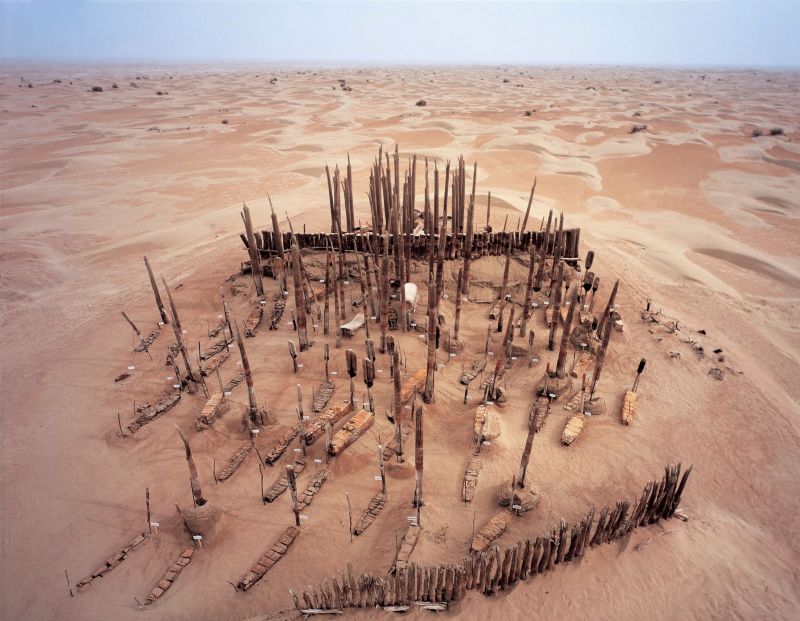Unveiling the Ancient Mummies of the Tarim Basin
The Tarim Basin, located in Xinjiang, northwestern China, is renowned for its rich archaeological findings, particularly its ancient mummified bodies. These remarkably well-preserved remains provide invaluable insights into the past, dating back around 4,000 years.
In-Depth Research and Findings
Recent DNA analysis has revealed that these mummies are not newcomers to the region. Instead, they are descendants of Ice Age hunter-gatherers. This key finding has sparked interest among researchers looking to understand the ancestry and migration patterns of ancient populations.

Preservation and Burial Practices
The dry desert air of the Tarim Basin has contributed significantly to the extraordinary preservation of these bodies. Remarkably, hair and facial features are still visible today, providing a window into the physical characteristics of this ancient population.

Moreover, burial practices among this enigmatic group are quite intriguing. They were often buried in boats equipped with oars, a practice that prompts many questions about their beliefs and cultural significance. The coffins were typically covered with cattle hides, indicating a unique approach to their afterlife rituals.


Conclusion
In summary, the mummies of the Tarim Basin offer a unique glimpse into the lives and cultures of ancient peoples in this region. Through ongoing research and exploration, we continue to uncover the secrets of our shared human past. Therefore, understanding these findings is crucial for comprehending the complex history of human migration and adaptation.




